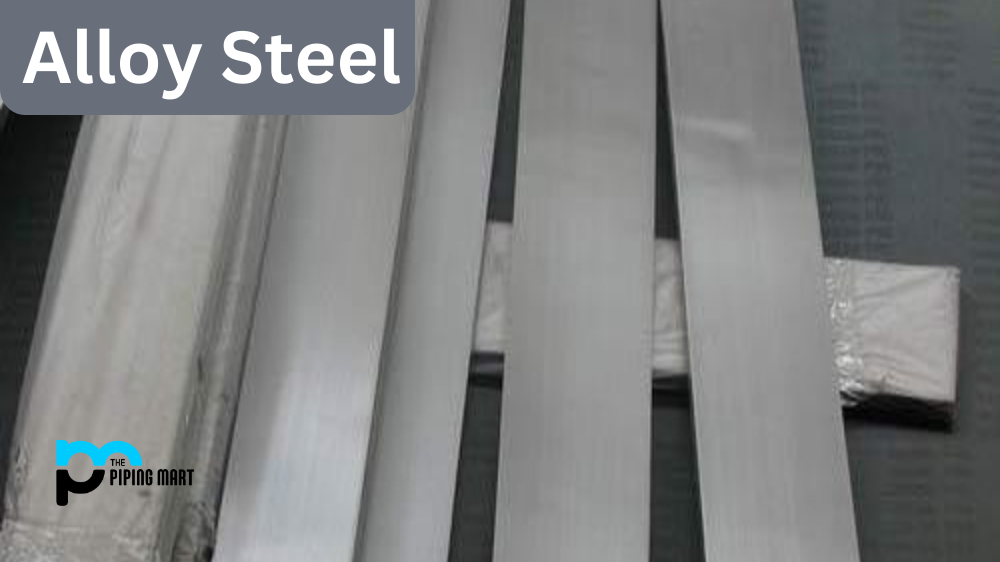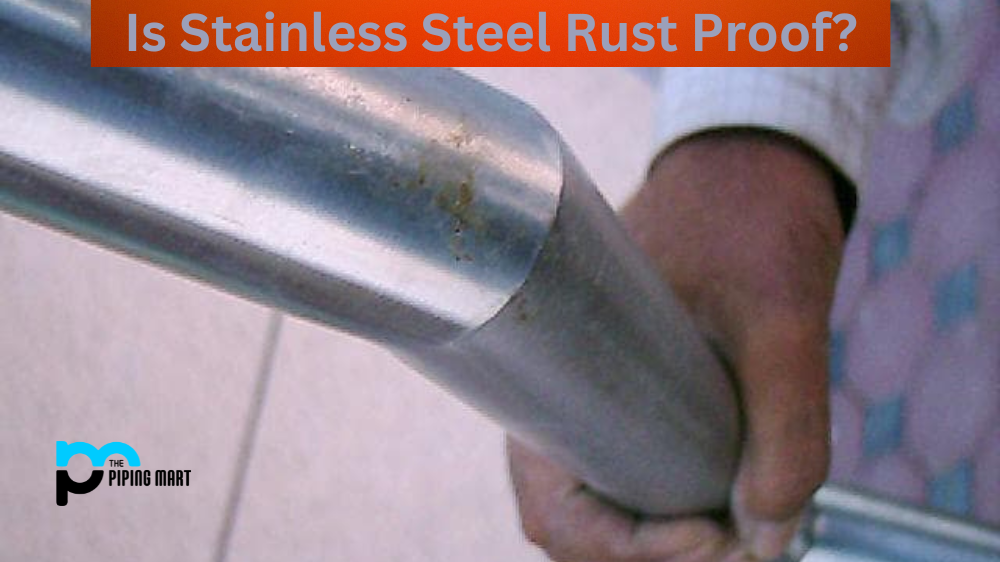The use of steel has been increasing over the years, and it is no wonder that various industries rely on it for their product production. One type of steel that has been gaining popularity is alloy steel, which can withstand high temperatures. Alloy steels are used in various industries, including automotive, construction, and aerospace. In this blog post, we will delve into the importance of alloy steel in high-temperature environments, its composition, and its properties that enable it to perform well in extreme conditions.
What is Alloy Steel?
Alloy steel, also known as high-strength low-alloy (HSLA) steel, is a type of carbon steel that contains additional alloying elements such as chromium, nickel, molybdenum, or vanadium. These elements enhance the properties of the steel, such as strength, toughness and corrosion resistance. This makes it ideal for use in various automotive, construction and aerospace industries.
The percentage of alloying elements in the steel determines its specific characteristics. For instance, chromium improves resistance to corrosion and heat, while nickel increases hardness and ductility. Molybdenum enhances strength at high temperatures, while vanadium increases wear resistance.
One of the main advantages of using alloy steel is its ability to provide higher tensile strength compared to traditional carbon steel. This allows lighter-weight components with increased durability, reducing material costs and fuel consumption in transportation equipment.
Understanding Alloy Steel and Its Importance in High-Temperature Environments.
Composition of Alloy Steel
Alloys are materials made up of a combination of two or more metals. Alloy steel, in particular, is made up of iron, carbon, and other metals to give it enhanced properties such as strength, hardness, and corrosion resistance. Common metals used for alloy steels include chromium, nickel, molybdenum, vanadium, and tungsten. The proportion of these metals used in its creation determines the steel’s properties.
Properties of Alloy Steel
One of the primary reasons why alloy steel is preferred in high-temperature environments is its ability to withstand pressure and high temperatures. This is due to the strengthening and hardening effects that the added metals have on the steel. As a result, alloy steel can withstand high-stress conditions, making it a perfect choice for industries such as gas turbines, boilers, and engine parts. Additionally, alloy steel is known for its corrosion and wear resistance, making it ideal for harsh environments where regular steel would deteriorate quickly.
Applications of Alloy Steel
Alloy steel’s superior properties make it an excellent choice for various applications in high-temperature environments. For instance, the construction industry uses alloy steel in reinforced concrete, drilling, and heavy machinery. In the automotive industry, alloy steel is used in engines, transmissions, and suspension systems. Alloy steel is also appropriate in oil and gas production and is used in downhole tools, tubing, and casing.
Challenges of Using Alloy Steel
Despite its numerous advantages, alloy steel has some limitations. One of these limitations is the high cost of production, making it more expensive than regular steel. Additionally, the production of alloy steel requires specialized equipment and processes, which can increase the cost of manufacturing. Lastly, alloy steel requires proper handling, as it is more brittle than regular steel and can crack under high stress.
Conclusion:
Alloy steel’s popularity in high-temperature environments comes from its superior properties, such as its ability to withstand high temperatures, wear and corrosion resistance, and toughness. Alloy steel is versatile, with various applications in various industries, including automotive, construction, and oil and gas. However, it is vital to consider the challenges that come with the use of alloy steel, such as the high cost of production and brittleness when exposed to high stress. In conclusion, the benefits of using alloy steel outweigh the challenges, making it a preferred material in various high-temperature environments
Sakshee is a talented blogger, with a particular focus on the Business and Metal Industry. She is passionate about sharing her insights on various metal products and helping professionals to make a better decisions.




